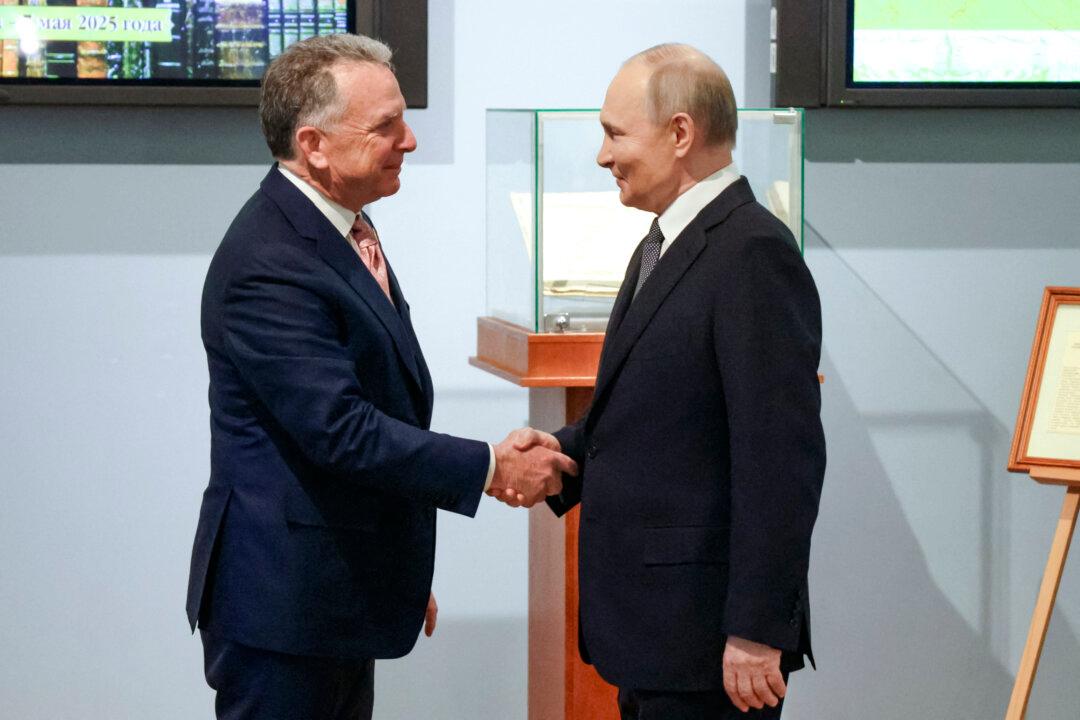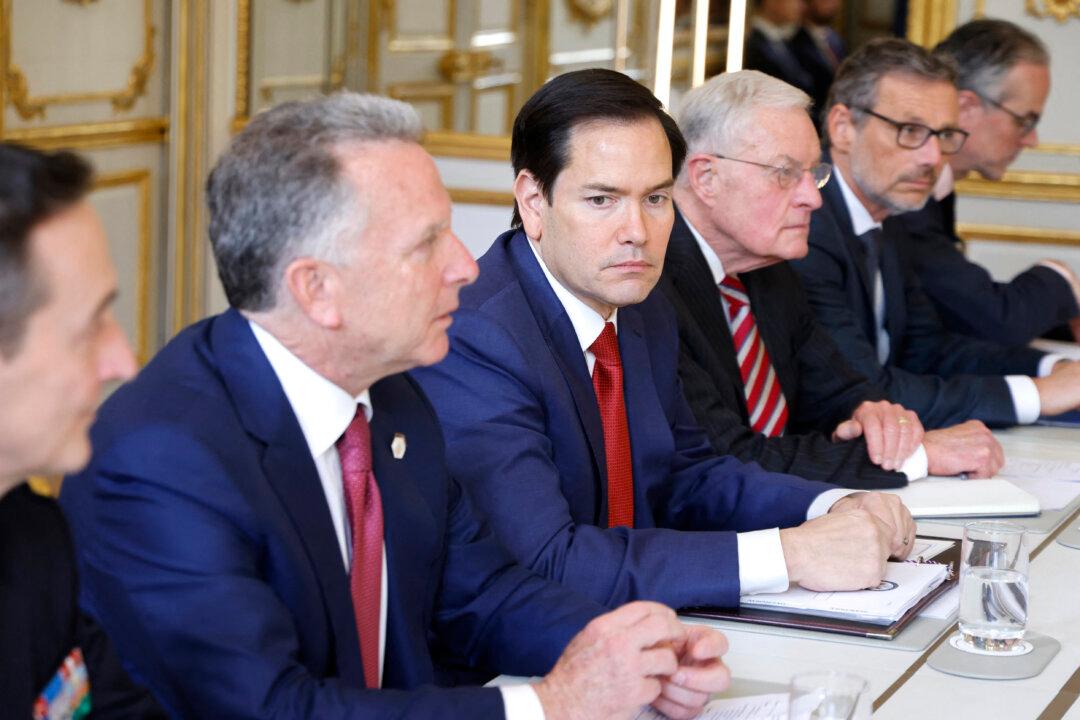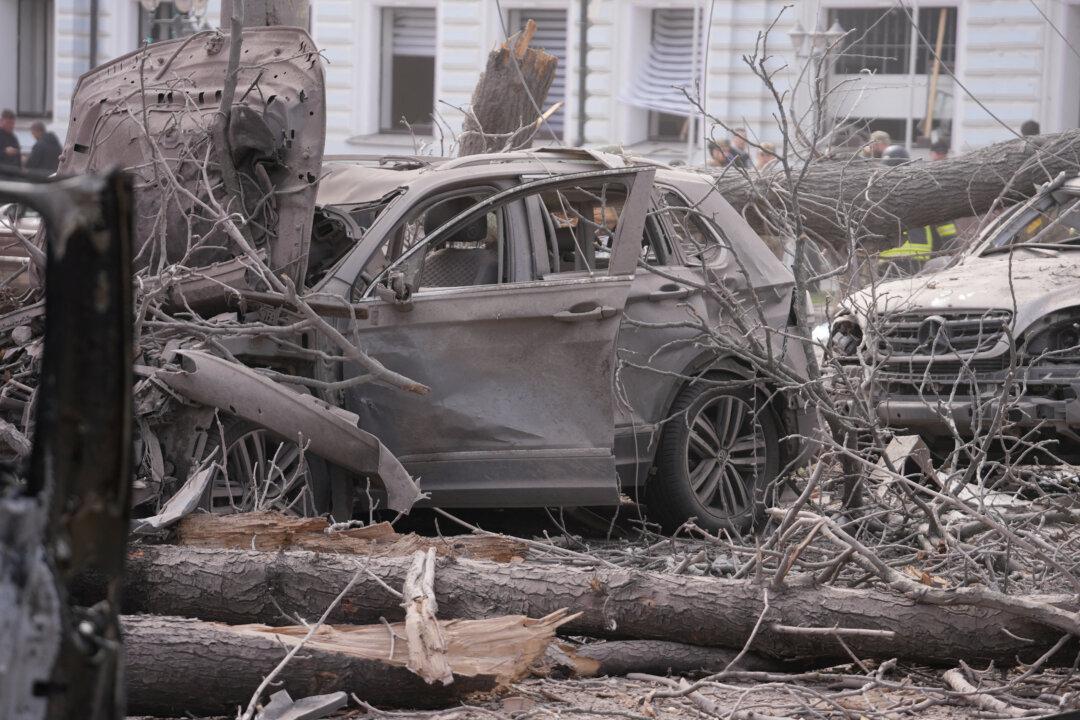“The United States will begin episodic deployments of the long-range fires capabilities of its Multi-Domain Task Force in Germany in 2026,” the July 10 statement reads.
The planned missile deployments are intended to pave the way for the “enduring stationing of these capabilities in the future.”
“These conventional long-range fires units will include SM-6, Tomahawk, and developmental hypersonic weapons, which have significantly longer range than current land-based fires in Europe,” the statement reads.
The United States has not openly deployed such missile systems in Europe since the height of the Cold War, which ended with the Soviet Union’s collapse in 1991.
Speaking to Reuters, a spokesman for German Chancellor Olaf Scholz called the decision a “necessary step to deter Russia.”
Washington and Berlin issued the joint statement on the second day of a three-day NATO summit hosted by Washington that ended on July 11.
They said in the declaration that Russia “remains the most significant and direct threat to Allies’ security.”

‘Serious Mistake’
Russian officials were quick to react to the missile deployment plan.Quoted by Russia’s TASS news agency, he said Moscow would draw up a “military response” to the planned U.S. deployments “with a cool head.”
“Such highly destabilizing steps directly threaten international security and strategic stability,” the diplomat said in a social media post.
The move, he said, risked igniting “an uncontrollable escalation amid the dangerous aggravation of tensions along the Russia-NATO track.”
Mr. Antonov also accused the United States of ignoring the “dangerous consequences” of breaking the Intermediate-Range Nuclear Forces (INF) Treaty.
Signed in 1987 by Washington and Moscow, the INF Treaty effectively banned the deployment of ground-based missile systems with a range of more than 500 kilometers (about 310 miles).
In 2019, the United States unilaterally withdrew from the treaty, claiming that Russia had violated its terms by developing intermediate-range cruise missiles.
Russian officials have repeatedly denied the allegation.
Last month, Russian President Vladimir Putin threatened to resume production of Russian medium-range missiles that had been banned under the INF Treaty.
According to Moscow, the United States is already producing medium-range missiles and has deployed them in Europe and Southeast Asia.
The U.S.–Germany deployment plan has also drawn criticism from German opposition parties—on both the left and the right.
The Alternative for Germany (AfD) party, which opposes unqualified Western support for Ukraine, warned that the move risked making Germany “a target.”
“He is allowing Germany’s relationship with Russia to be permanently damaged.
“We are falling back into the pattern of the East-West conflict.”
Germany’s left-leaning Die Linke party called the scheme “highly problematic,” warning against the likelihood of a new arms race between Russia and NATO.
Speaking on the sidelines of the NATO summit, French Defense Minister Sébastien Lecornu said the new cruise missiles were meant to deter Russian aggression.
Russia invaded Ukraine in early 2022 with the stated aim of protecting Russian-language speakers in the Donbas region and preventing NATO’s eastward expansion.
Kyiv and its allies have condemned Russia’s invasion as an unprovoked land grab.







